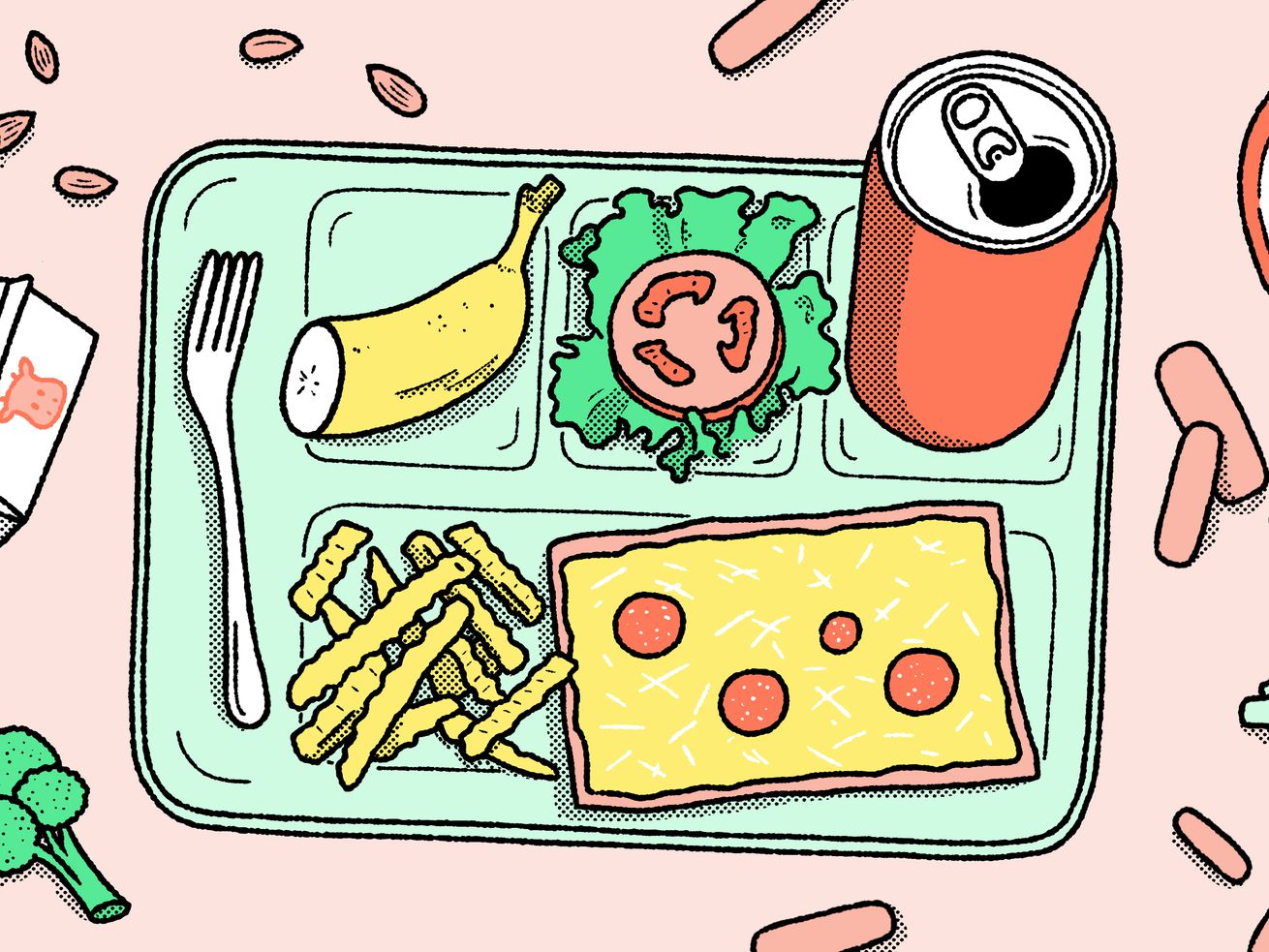The fascinating history behind why students today are still eating square pizzas, crinkle fries, and cartons of milk.
/cdn.vox-cdn.com/uploads/chorus_asset/file/21899595/VOX_The_Highlight_Box_Logo_Horizontal.png)
Part of The Schools Issue of The Highlight, our home for ambitious stories that explain our world.
/cdn.vox-cdn.com/uploads/chorus_asset/file/22726140/1_copy.jpg)
/cdn.vox-cdn.com/uploads/chorus_asset/file/22726464/2.jpeg)
/cdn.vox-cdn.com/uploads/chorus_asset/file/22726145/3_copy.jpg)
/cdn.vox-cdn.com/uploads/chorus_asset/file/22726146/4_copy.jpg)
/cdn.vox-cdn.com/uploads/chorus_asset/file/22726147/5_copy.jpg)
/cdn.vox-cdn.com/uploads/chorus_asset/file/22726148/6_copy.jpg)
/cdn.vox-cdn.com/uploads/chorus_asset/file/22726150/7_copy.jpg)
/cdn.vox-cdn.com/uploads/chorus_asset/file/22726152/8_copy.jpg)
/cdn.vox-cdn.com/uploads/chorus_asset/file/22726154/9_copy.jpg)
/cdn.vox-cdn.com/uploads/chorus_asset/file/22726155/10_copy.jpg)
/cdn.vox-cdn.com/uploads/chorus_asset/file/22726157/11_12_copy.jpg)
/cdn.vox-cdn.com/uploads/chorus_asset/file/22726159/13_copy.jpg)
/cdn.vox-cdn.com/uploads/chorus_asset/file/22726160/14_copy.jpg)
/cdn.vox-cdn.com/uploads/chorus_asset/file/22726161/15_copy.jpg)
/cdn.vox-cdn.com/uploads/chorus_asset/file/22726162/16_copy.jpg)
/cdn.vox-cdn.com/uploads/chorus_asset/file/22726163/17_copy.jpg)
/cdn.vox-cdn.com/uploads/chorus_asset/file/22726164/18_copy.jpg)
/cdn.vox-cdn.com/uploads/chorus_asset/file/22726165/19_20_copy.jpg)
/cdn.vox-cdn.com/uploads/chorus_asset/file/22726166/21_copy.jpg)
/cdn.vox-cdn.com/uploads/chorus_asset/file/22726167/22_copy.jpg)
/cdn.vox-cdn.com/uploads/chorus_asset/file/22726169/23_copy.jpg)
/cdn.vox-cdn.com/uploads/chorus_asset/file/22726170/24_copy.jpg)
/cdn.vox-cdn.com/uploads/chorus_asset/file/22726173/25_27_copy.jpg)
Sources:
Revenge of the Lunch Lady, HuffPo
An Abbreviated History of School Lunch in America, Time
School Lunch infographic, Advancement Courses
Revolution at the Table: The Transformation of the American Diet, Harvey Levenstein
PBS The History Kitchen: History of School Lunch
Is whole milk illegal in New York?, PolitiFact
No Appetite for Good-For-You School Lunches, The New York Times
USDA on NSLP
Ally Shwed is a cartoonist and visual journalist whose work has appeared in The Boston Globe, The Nib, and The Intercept. She lives in Belmar, NJ with her cartoonist husband and their two cats.
Author: Ally Shwed
Read More



